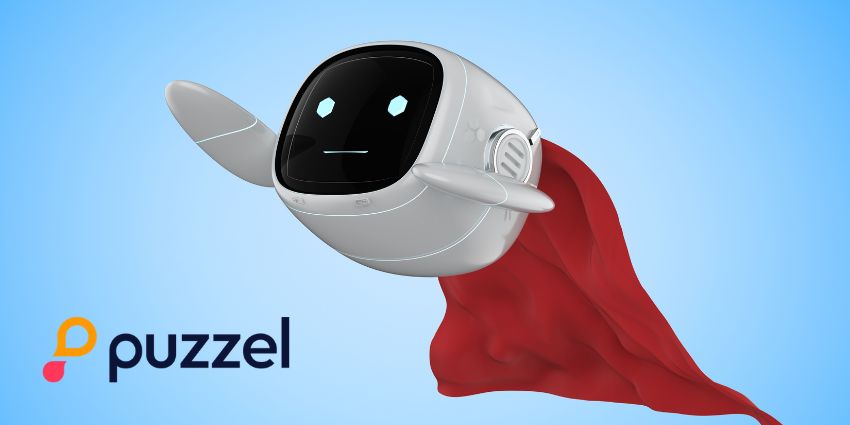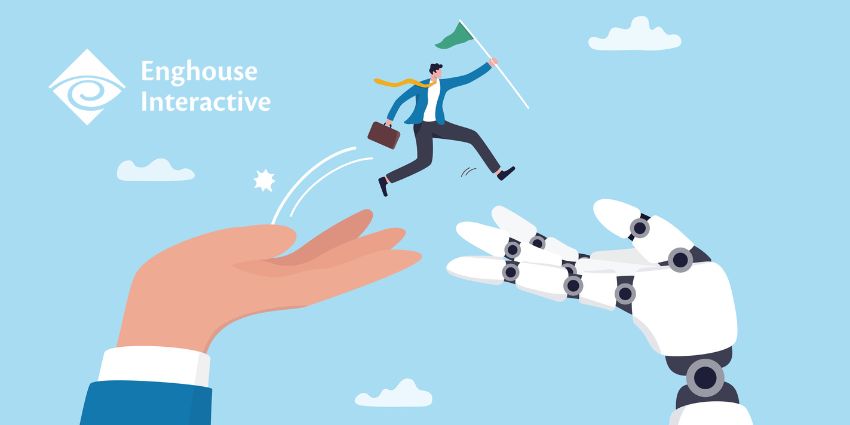When discussing compliance risks in the contact center space, audio quality isn’t usually the first thing that comes to mind.
However, according to Verizon’s 2024 Data Breach Investigations Report, more than two-thirds (68%) of data breaches involve some form of non-malicious human error – a reminder that even the best systems fail when basic communication breaks down.
The same pattern holds in contact centers. Despite billions invested in analytics and compliance software, on average, QA teams still only review 2–5% of customer interactions, leaving the vast majority of calls unchecked for risks.
This gap highlights a simple truth: compliance in the contact center isn’t just a software problem. If the audio isn’t clear, compliance falls apart before it even starts.
As Thor Mitskog, President at Cyber Acoustics, puts it:
“If the agent can’t be understood, that can cause a problem. Or if the agent can’t clearly hear the customer, that’s a big problem.”
Whether it’s medical records or financial information, you risk entering incorrect data, which is all pretty important.”
The Hidden Compliance Threat in Voice Clarity
Poor audio quality doesn’t just frustrate customers; it undermines the very processes that regulated industries rely on.
Call recordings – which are essential for proving disclosures, capturing consent, and resolving disputes – are only as good as the clarity of the conversation.
Mitskog highlighted how this risk multiplies on today’s crowded contact center floors, where agents often sit elbow-to-elbow right next to each other.
“If you’re the client, you don’t want to hear the agent next to me talking about credit cards or insurance,” he said.
“That’s sensitive information being leaked through, and unfortunately, cloud-based software tools don’t always distinguish between the audio coming in from the customer and the agent’s own voice.”
The result is a dual risk: either critical disclosures are misheard, or unrelated personal data bleeds into the recording.
In both cases, regulatory obligations are compromised.
More Than Just a Misheard Word
Some in the industry have sought to attribute compliance failures to language barriers or agent accents.
But Mitskog argues that this diagnosis misses the real issue:
“We [Cyber Acoustics] don’t think the accent is that big a deal. The reality is that it’s more to do with background noise and poor hardware.
“If you clean up the noise and make it a clear call, 99% of the problem goes away.”
In other words, regulators and customers alike aren’t rejecting voices with different accents; they’re rejecting poor experiences driven by muddled calls, dogs barking in the background, or neighboring agents’ conversations intruding into recordings.
This isn’t just about customer experience; it’s about compliance.
If audio is compromised, downstream processes such as transcription, analytics, and QA are compromised too.
“All the tools that do analytics or any processing are at the mercy of what you input,” Mitskog explains.
“If the headset can’t deliver a clear input, then nothing downstream is reliable.”
The Compliance Chain: From Agent to Archive
It can be helpful to think of compliance as a chain.
An agent communicates with a customer, and the conversation is recorded, transcribed, and stored. Later, compliance teams, auditors, or even regulators may review the recording to verify what was said.
If the initial capture is noisy or unclear, the entire chain is weakened.
Regulators won’t care if the agent says the right words if the call recording proves unintelligible.
The problem is compounded by the fact that most organizations only review a fraction of interactions (2–5%) for quality and compliance.
That leaves thousands of calls and potential violations slipping through the cracks unnoticed.
Why Hardware Still Matters
For Cyber Acoustics, the solution lies in ensuring clarity at the source.
Its headsets use built-in noise-canceling microphones and on-device processing to block out surrounding voices and background distractions.
Crucially, this happens locally on the hardware, rather than pushing everything to the cloud – reducing bandwidth strain and eliminating the risk of neighbor conversations bleeding into compliance archives.
“We do all the voice processing and background noise cleanup locally,” Mitskog says
“That way, whether you’re using advanced software tools or basic ones, you’ll still get voice clarity.
“And it’s the person on the call that’s captured, not the adjacent agents talking nearby.”
Cyber Acoustics also builds in safeguards to ensure devices are being used correctly.
Something as simple as a misplaced microphone can render compliance tools ineffective, as Mitskog explains:
“If the mic isn’t in the right place or the agent has muted themselves, then all those software tools the client is paying for become obsolete.”
Closing the Compliance Gap
As regulators apply increasing scrutiny to financial services, healthcare, and insurance contact centers, the margin for error is shrinking.
Compliance isn’t just about policies and software. It starts with something much more basic: being able to hear and be heard clearly.
“The importance of selecting audio hardware partners is critical,” Mitskog concluded.
“Compliance teams can’t just focus on the software side. Hardware matters too.”
For CX leaders and compliance officers, the message is clear: the next compliance breach may not come from a missed disclosure or faulty database; It might come from something far simpler, a customer asking, “Can you hear me clearly?”
To find out more about Cyber Acoustics and its President, Thor Mitskog, you can watch his exclusive interview with CX Today here.
For more information on the company’s headsets, check out this story on CX Today or visit the Cyber Acoustics website.







